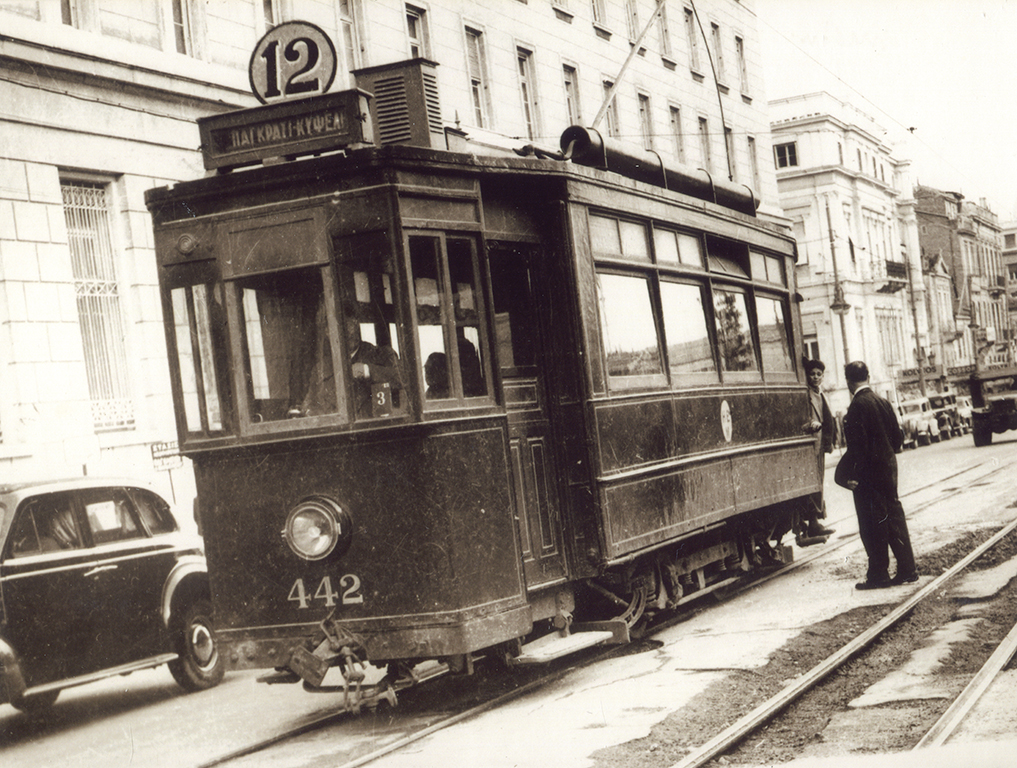
4/29/2025 11:12:33 AM
The old tram of Athens (1882-1977)
The tram made its first appearance in Athens in 1882, operated by the Belgian company E.T.A.P.P. (Athens - Piraeus - Suburbs Tramway Company), which initially ran a network of horse-drawn carriages connecting the city center to neighborhoods such as Patissia, Ampelokipoi, and Kolokynthou. The first vehicles had a capacity of 16–20 people and were pulled by a total of 800 horses. In 1887, a steam-powered line was introduced from the Academy to Palaio Faliro, but it was slow and nicknamed the “kolosourtis” (“drag-butt”) due to the smoke it emitted. At the same time, the Athens–Piraeus Railways (S.A.P.) operated a standard-gauge tram line from the Piraeus station to the customs office. The first electric trams appeared in 1908, and by 1910, 257 vehicles had been received from Belgium (150 motorized and 107 trailers), each with a capacity of 30 people. In 1925, the British company Power Finance and Traction acquired both S.A.P. and E.T.A.P.P., establishing H.E.M. (Electric Transport Company) and E.H.S. (Hellenic Electric Railways). In 1939, many of the Belgian cars were sold, and in 1940, 60 Italian streamlined-design trams were added. However, many trams were destroyed during the German occupation. After World War II, tram lines began to be phased out due to a lack of rolling stock and a growing anti-tram attitude. In 1953, Konstantinos Karamanlis dismantled the tracks at Chafteia, abolishing the lines to Kypseli, Pagkrati, and Ampelokipoi. The final shutdown came in 1977 when the last tram in Greece, the one serving Perama, ceased operations. Pictured: The Pagkrati–Kypseli tram line on an Athenian street. ©Municipal Photography Museum of Kalamaria ‘Christos Kalemkeris’.

